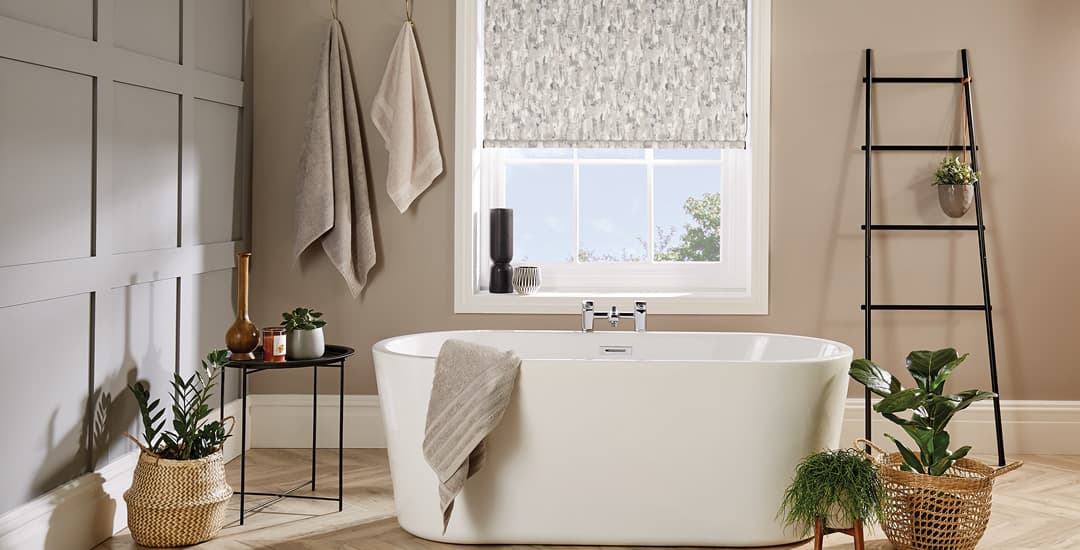
Yes, PVC blinds of all types are waterproof, as PVC is a waterproof material. This means that if you select any type of PVC blind, whether that be one made of a soft PVC fabric or a hard, rigid PVC, it will be waterproof by design.
This blog post will tell you what type of blinds are made of PVC, if PVC blinds are totally waterproof, and if PVC blinds are a good choice for use in rooms like kitchens and bathrooms.
What are PVC blinds?
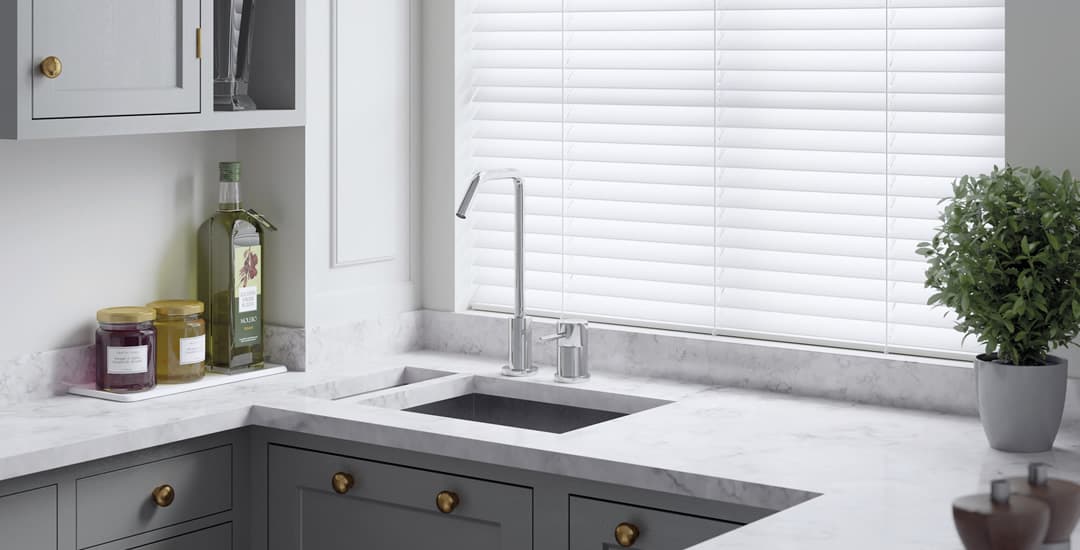
What are PVC blinds? Waterproof blinds made of a hardy synthetic fabric or material, basically. PVC blinds come in various different types, depending on both what type of PVC they’re made of and the style of the blind they’re made into.
Both roller blinds and vertical blinds can be made of PVC, a soft fabric PVC in these cases, and faux-wood blinds are made of PVC too, although in this case it is a hard, rigid PVC material.
Not all roller blinds and vertical blinds are made of PVC, however; they can also be made of vinyl (which is also waterproof) or polyester, this latter not being waterproof and so not being suitable for use in wet or humid rooms.
Faux-wood blinds, on the other hand, are only ever made of PVC.
Are PVC blinds waterproof in all respects?
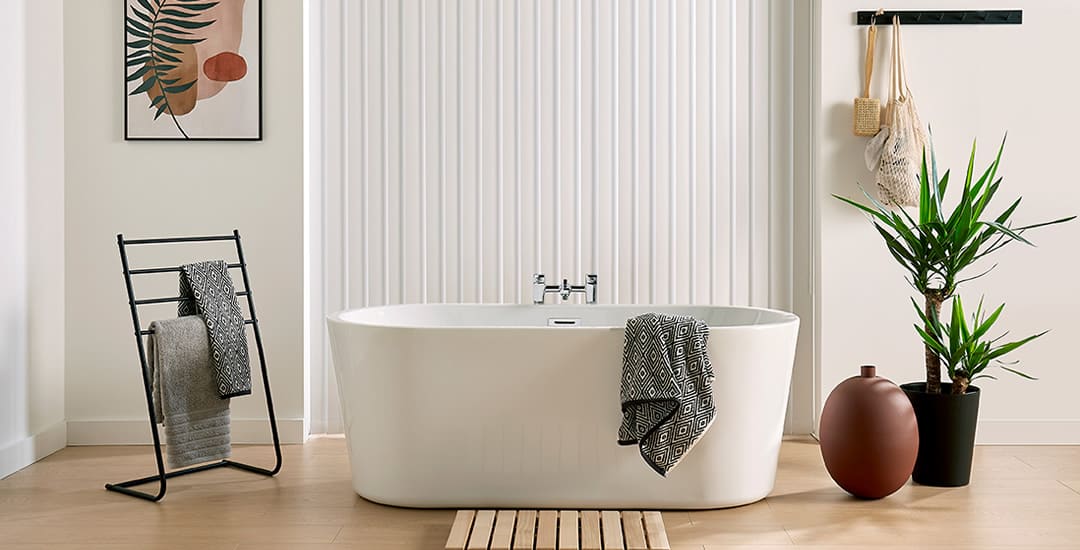
Both PVC roller blinds and PVC vertical blinds are 100% waterproof.
When it comes to roller blinds, the PVC fabric itself is of course waterproof, and also mould and fire resistant, as well as being a blackout fabric. The working parts and fixtures of the blind are made of PVC, glass-filled plastic nylons, aluminium, and stainless steel respectively, all of which are waterproof.
The fabric of PVC vertical blinds is exactly the same stuff that we use for PVC roller blinds, just cut differently; and so this is again a blackout fabric that is waterproof, and mould and fire resistant.
The other parts of vertical blinds are made of rigid nylon, plastic, and aluminium, once more, all being waterproof.
When it comes to faux-wood blinds, the blind itself (its slats and framework) are waterproof, but there may be one area of the blind that is made of a non-waterproof fabric, this being the blind’s ladder tapes, if you choose this feature.
Ladder tapes are made of polyester, which means that technically, if you choose a faux-wood blind that has ladder tapes, this part of the blind is not waterproof; but it is close enough to work perfectly well for most people and situations.
Are PVC blinds good for bathrooms and kitchens?
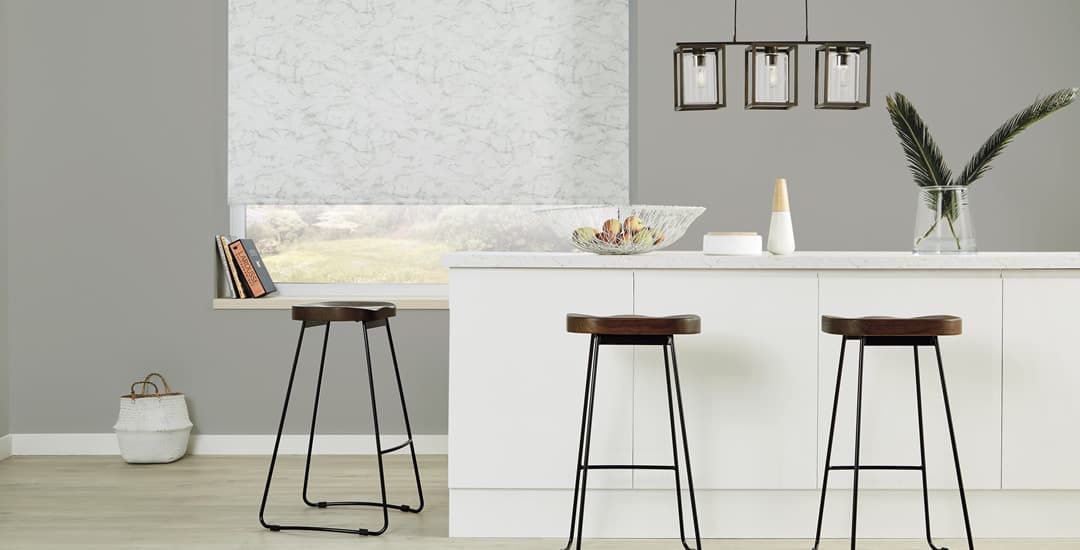
Yes, they’re exactly what you want in a kitchen, bathroom, or other “wet” room, to be able to withstand either direct contact with water/liquids, or the longer-term effects of exposure to damp and humidity.
PVC roller blinds and PVC vertical blinds are 100% suitable for use in these types of environments (as are vinyl roller blinds and vinyl vertical blinds, which are also waterproof).
Faux-wood blinds are waterproof enough for use in the vast majority of “wet” rooms, including most kitchens and bathrooms; unless they’re likely to come into frequent direct contact with lots of water, or if the room is so condensated/humid most of the time as to be dripping wet.
In these two uncommon scenarios, a faux-wood blind might not be the best choice as the non-waterproof fabric ladder tapes may suffer over time.
Do PVC blinds go mouldy in damp conditions?
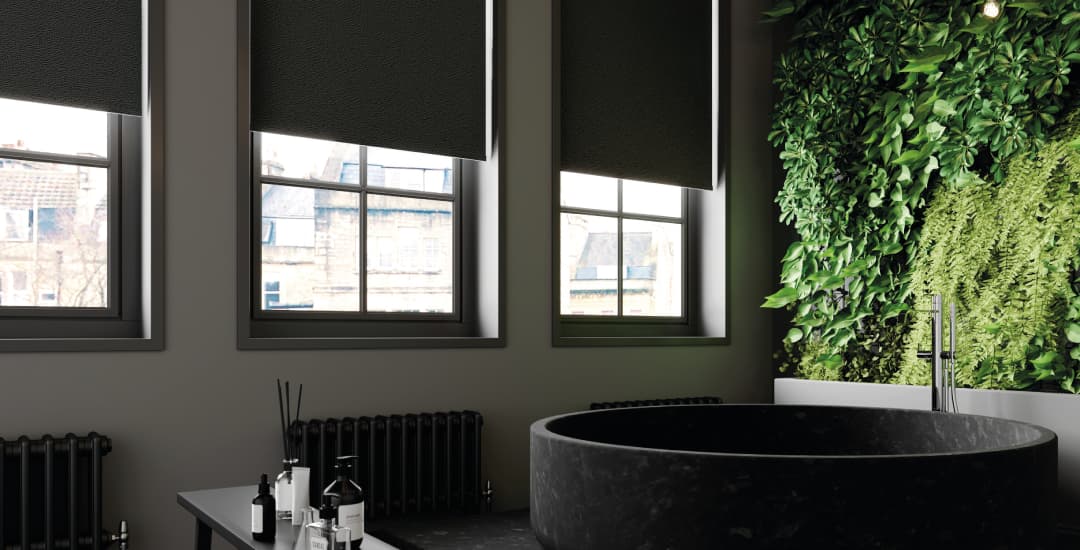
No, this is one of the main “jobs” of PVC blinds, or rather, reasons for choosing them for use in rooms that may be damp, humid, steamy, or prone to condensation.
PVC blinds are mould and mildew resistant, and are highly unlikely to grow mould or accumulate mildew. If the blind has the chance to air out after the room has been used, nasty new design features like these will never get the chance to develop anyway. The same is true if you simply clean your blinds by giving them a quick wipe over whenever you clean the rest of the kitchen or bathroom.
If the room doesn’t really get any respite from high levels of humidity and the blind is almost always damp to the touch, not given the chance to air out, and never wiped clean, it might eventually begin to develop mildew over the long term.
Even if this does occur, however, you can just wipe it off; which is not possible for non-waterproof blinds.




